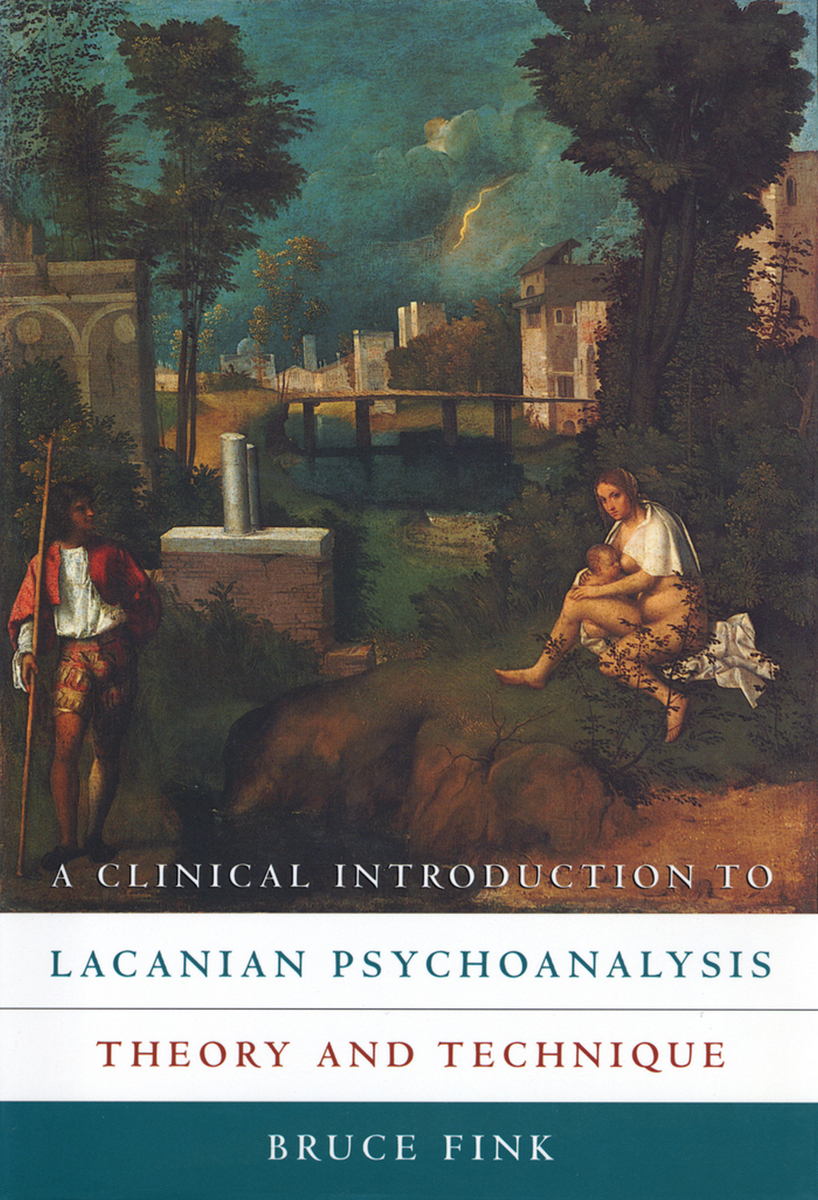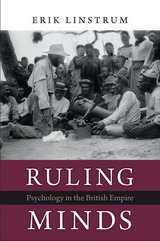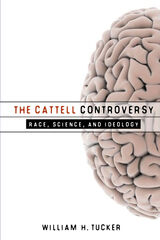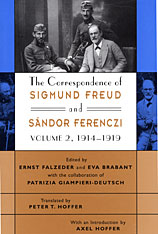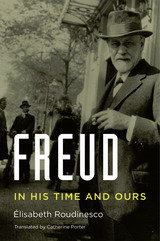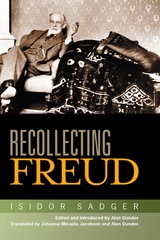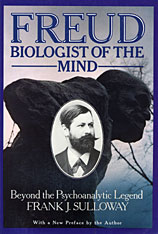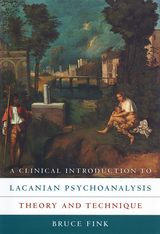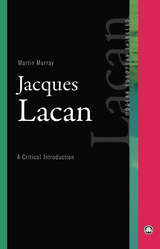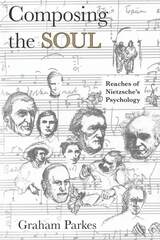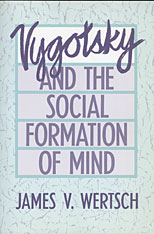Cloth: 978-0-674-13535-2 | Paper: 978-0-674-13536-9 | eISBN: 978-0-674-03686-4
Library of Congress Classification BF109.L28F54 1997
Dewey Decimal Classification 150.195092
"The goal of my teaching has always been, and remains, to train analysts."
--Jacques Lacan, Seminar XI, 209
Arguably the most profound psychoanalytic thinker since Freud, and deeply influential in many fields, Jacques Lacan often seems opaque to those he most wanted to reach. These are the readers Bruce Fink addresses in this clear and practical account of Lacan's highly original approach to therapy. Written by a clinician for clinicians, Fink's Introduction is an invaluable guide to Lacanian psychoanalysis, how it's done, and how it differs from other forms of therapy. While elucidating many of Lacan's theoretical notions, the book does so from the perspective of the practitioner faced with the pressing questions of diagnosis, what therapeutic stance to adopt, how to involve the patient, and how to bring about change.
Fink provides a comprehensive overview of Lacanian analysis, explaining the analyst's aims and interventions at each point in the treatment. He uses four case studies to elucidate Lacan's unique structural approach to diagnosis. These cases, taking up both theoretical and clinical issues in Lacan's views of psychosis, perversion, and neurosis, highlight the very different approaches to treatment that different situations demand.
See other books on: 1901-1981 | Lacan, Jacques | Psychoanalysis | Psychotherapy | Technique
See other titles from Harvard University Press
